After the first plant there is always another and another and another… When you realize you are already a beginner gardener.
But here comes the question: how to take care of the greens? We’ll tell you in this post, or, better, in this mini gardening guide for beginners. Now get the notebook.
11 Gardening Tips for Beginners
1. Have a gardening kit
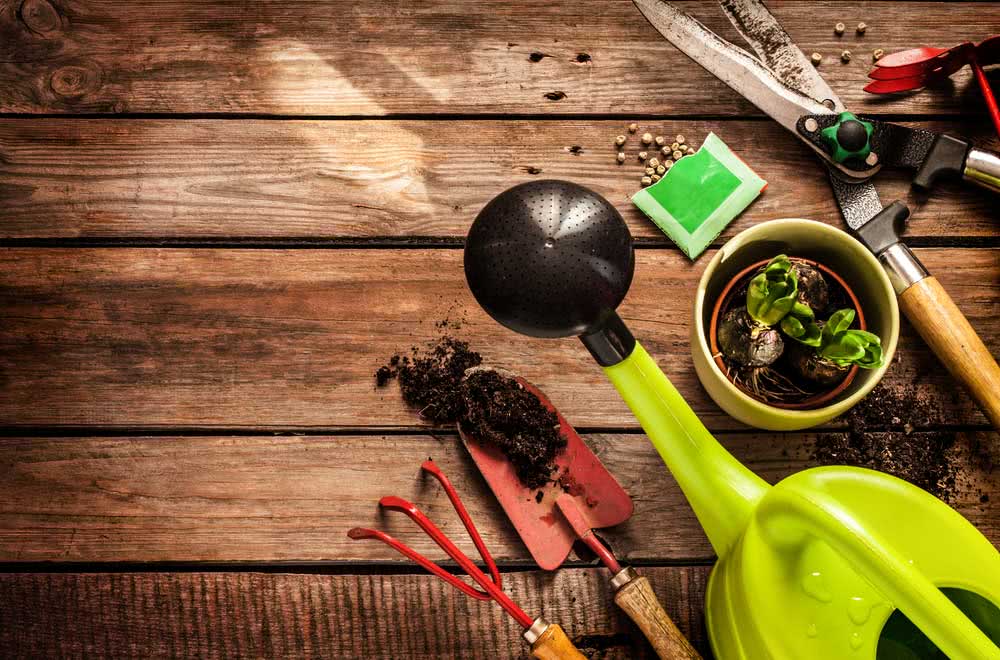
The first tip in this gardening guide is: don’t improvise tools to care for the plants. The right tools will make the work easier, ensure greater efficiency in planting the plants and prevent some silly mistakes, such as crushing the branch of a plant with an inappropriate pair of scissors.
At first, you don’t need to have lots of gardening items. You can stay at the basics, which includes:
- hand shovel
- hand fork
- Pruning shears
- common scissors
- Glove
- Watering can
If you have a larger area for planting, such as a garden or vegetable garden, for example, then it is also important to include in this kit a shovel with a handle and a rake.
2. Observe the climate and planting time
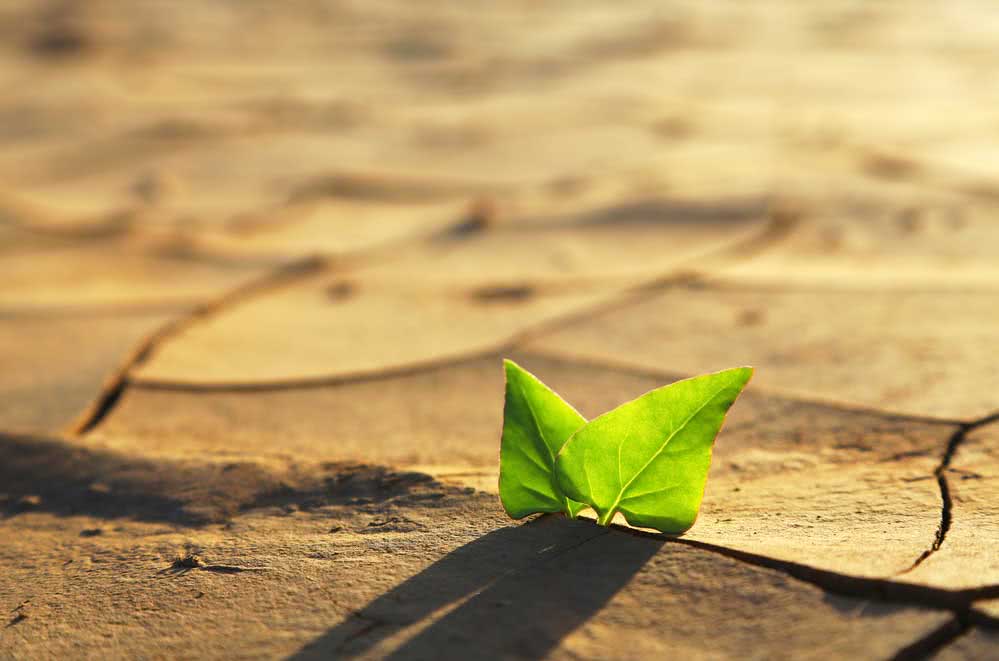
At the beginning of gardening, it is natural to want to leave everything planted for a bit and then realize that the plants are not doing well.
But before giving up, thinking that the problem is yours, pay attention to the type of climate where you live and the time when the planting is being carried out.
This changes everything! Do you know why? Many plants do not tolerate cold, for example, as is the case with ferns, so there is no point in wanting to put them in a garden with temperatures below 10ºC.
The opposite is also true. Can you imagine a cold climate plant, such as tulips and apples, being planted in full sun at 35ºC? It’s not going to work!
Therefore, before you want to grow any plant, do a little reflection on the region in which you live and how the climate behaves throughout the year.
Another thing as important as the climate is the planting time, especially in the case of vegetables and herbs. A large part of them can be planted throughout the year, but some require a specific time, such as spring or autumn. When in doubt, always consult the seed packaging.
3. Search for plant information

Did you buy or get a new plant? Perfect! But before planting it in the definitive place, make a quick search to find out what the green plant needs to live. This saves you time and effort.
Find out if it prefers direct light or shade, if it needs a lot of water or little, if the soil needs to be fertilized before planting and so on.
4. Dedication time x type of plant
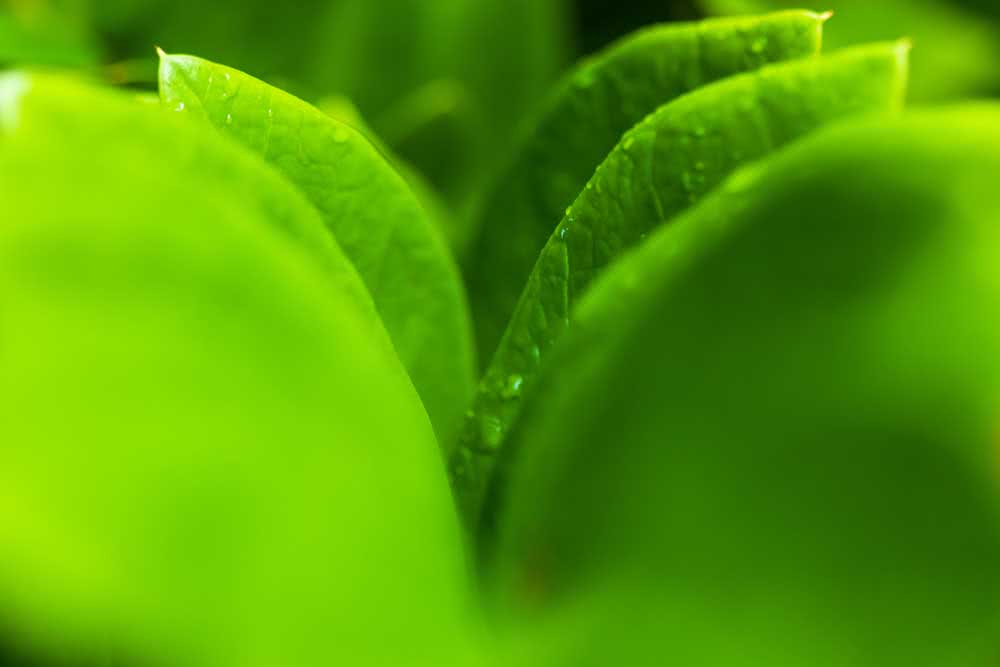
How much time do you have available to take care of the plants? Be honest to answer. The less time you have to devote to gardening, the more resistant the plants need to be.
In this case, the ideal is that you opt for plants that are easy to grow and that need little watering, fertilization and pruning.
By doing this sincere analysis you allow your garden (even if it is in a small pot) to always remain beautiful and well cared for. After all, it is better to have a healthy plant than ten asking for help.
5. follow the light

Beginner gardeners, repeat this phrase: every plant needs light. Don’t be tempted to put a plant in the dark toilet just because you saw it on Pinterest.
Light is the food of plants and they do this in a process known as photosynthesis (remember the 5th grade classes?).
However, it is important to know that the amount of light varies for each species. This is because some plants need direct sunlight, while others cannot be exposed to the sun at the risk of having their leaves burned.
And how do you know how much light the plant needs? First, you look for information about the species. The second step is to observe the plant’s behavior.
If she’s in the sun and you notice that the leaves are wilting, curling, or getting dry and burnt, it’s a sign that she needs less exposure.
If the plant is in a place of indirect light and you notice that it is stretching and getting elongated, then this is an alert that it needs more light.
The solution is to regulate the light by moving the plant around.
It is also important to know that in gardening there are three main concepts of luminosity for plants, see:
Direct sunlight or full sun
Direct sunlight indicates that the plant needs at least eight hours of sunlight a day.
Half shadow or indirect light
Half shade indicates that the plant needs a lot of light, but without the need for direct exposure to the sun.
Shadow or diffused light
Shadow or diffused light is not the same as a dark place. There is no type of plant that can survive the absence of light. In gardening, the concept of shade is a place where light is filtered and reaches the plant in a gentler way. In nature, this is common, for example, under a tree.
6. Fertilization
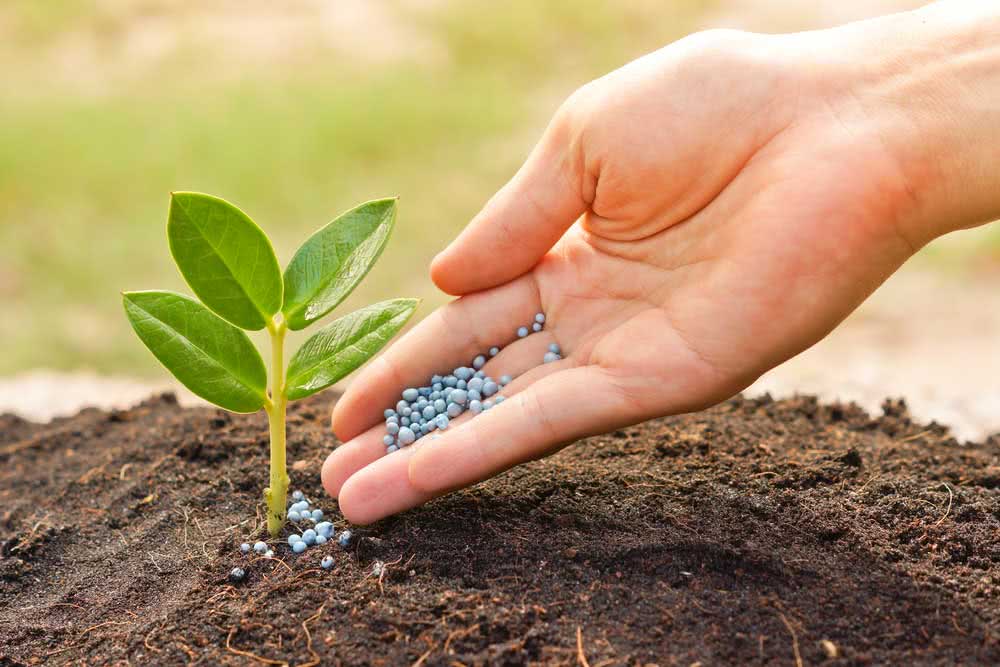
Every plant needs a supply of nutrients to fully develop. But before fertilizing your plants, it is important to research the preferences and needs of each species, in addition to the correct time for fertilizing.
7. Custom watering
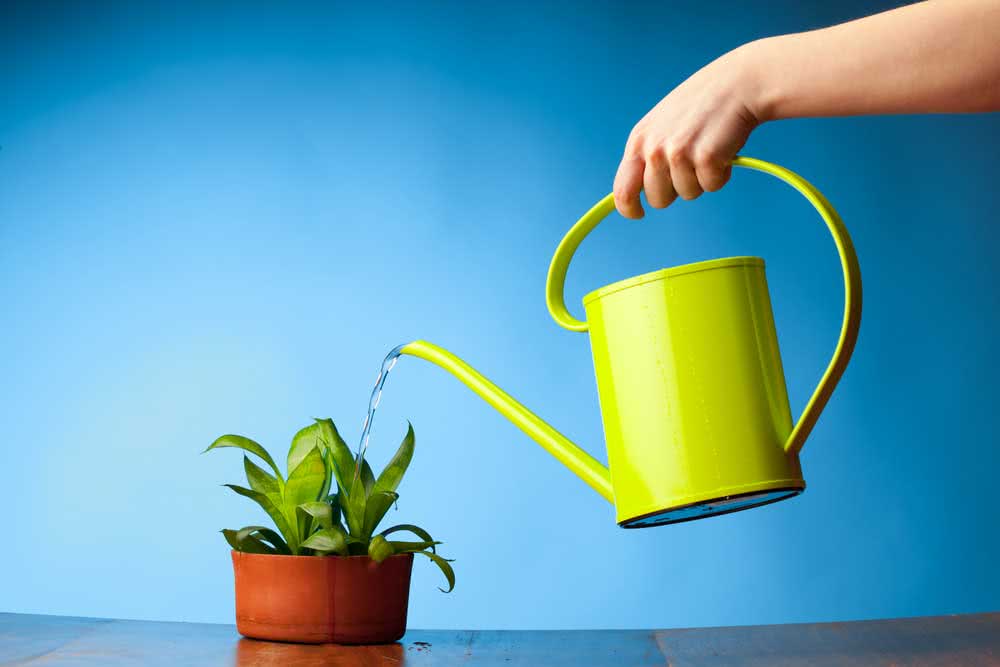
Well, it wets too much, well, it wets too little. How do you know the right time to water the plants?
The simplest way is to play the solo. If your fingertip comes out clean, then the earth is dry and needs water. If the finger gets dirty, it is a sign that there is still water in the vase and you can wait a little longer.
You also need to know the plant’s watering needs, and always keep in mind that in summer, watering should be more frequent, while in winter, watering should be more spaced.
8. Time to prune
At one time or another you will need to prune your plant. And don’t be afraid to do this, it’s for her own good.
The first rule is to prune whenever you notice the presence of dry and dead leaves. In the case of herbs and vegetables, pruning is important to prolong the life of the plant a little longer, preventing the growth of flowers and, consequently, the death of its greenback.
There are also plants that need annual pruning to complete the cycle and develop properly. When in doubt, do a search.
9. Protect the plant
Get into the habit of protecting the pot’s soil by lining it with pine bark, sawdust or small stones. This is important to prevent the growth of weeds and protect the plant’s roots from sunburn. This protection also prevents the loss of water and nutrients through evaporation.
10. Get rid of pests
If you notice the presence of pests on your plant, the first thing you need to do is to isolate it from the others so that the pest does not spread.
Then do a shock treatment, that is, remove the most affected branches and leaves. Finally, research the type of pest and see the best way to stop it.
In gardens and home gardens, the most common is the attack of pests such as aphids, scale insects and mites.
11. Talk and observe your plants
It’s not crazy talk. If you start looking at your plants you will notice if they are in need of water, fertilizer, pruning, more or less light.
These are small signals that they emit, but that the attentive eye does not let go unnoticed.
So, ready to put these gardening tips for beginners into practice?



